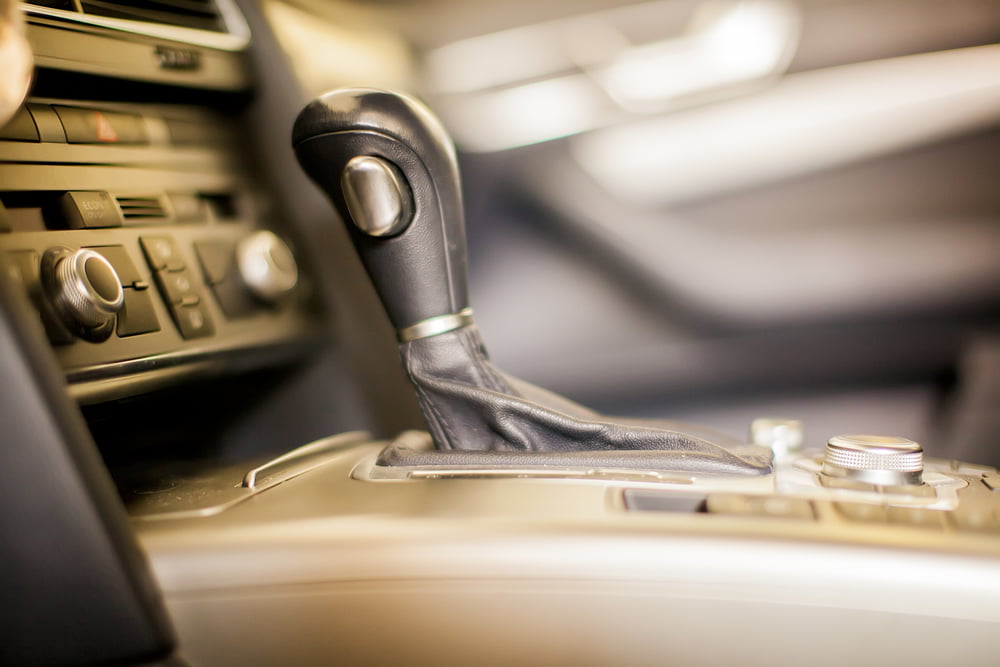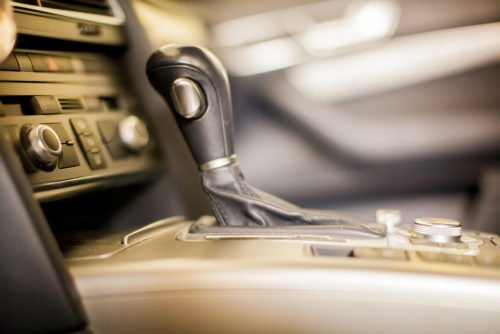We’ve come a long way from a 3 on the tree transmission to some vehicles now having a 10-speed automatic transmission. Changes between gears in an automatic transmission, for the most part, should be mostly unnoticeable and smooth. Exceptions to that may be performance vehicles. Remember that the more gears your vehicle has, the more it will shift. Getting used to a 8, 9, or 10-speed auto can be a little different than what we are typically used to.
If you notice something unusual about your vehicle, it’s always a good idea to have it checked out by an expert to make sure. The earlier you catch a problem, the better before it becomes a bigger one.
Slipping gears
If you hear revving from the engine, or notice your RPMs (revolutions per minute) go up, but not your speed, or you aren’t even moving, this could be slipping gears. There is another time this could happen though, so if you happen to be driving on ice or snow, it may just be wheel spin as opposed to a transmission issue. If it happens on dry roads, you may want to get this checked out by a professional.
Violent and /or slow gear shifts
If your coffee is spilling during gear changes or your head slams into the headrest, there might be a transmission problem. You may also hear loud clunking noises. If it takes forever and an age to change gear this could also be a sign of a problem. For example, you plant the accelerator and expect it to kick down and it doesn’t, or going up a steep hill and it’s not changing to maintain speed. Again if this is happening you should have your transmission checked.
Burning smell
This may happen during conditions that are difficult. The transmission works very heard when towing. (If you do a lot of towing, a tranny cooler is a good idea). Most newer vehicles are equipped with a transmission temperature warning light. If this comes on, pull over, let is cool down and call roadside assistance. (The number for roadside assistance cover that comes with your manufacturer vehicle warranty will be in the owners manual).
“The ideal temperature for your transmission is 200 degrees. For every 20 degrees past 200, the lifespan of your transmission is reduced by a factor of 2. In other words, if you hit 220 degrees, you can expect to get about half the normal life out of your transmission. At 240 degrees, your transmission will last about 1/4 the time that it should. And if you get up to 260 degrees, you are down to 1/8 the normal life”, says, YourMechanic.
Leaking fluid
This one is difficult because some transmissions may have casings to where the fluid may never make it to the ground. In this case, it would be hard to tell if it’s leaking. Otherwise, you could try the cardboard test. It’s not a failsafe test by any means but a good place to start. Place a piece of cardboard or paper (that won’t blow away in Wyoming!) underneath your vehicle overnight. Re-check it in the morning to see if there are any fluid leaks visible. If there is, be sure to bring the piece of cardboard with you to your mechanic. Most newer vehicles now require special processes and tools to check transmission fluid levels.
Dash lights(s)
Oh… the dreaded lights that nightmares are made of. Nobody likes to see warning lights on the dash. If the transmission warning light or check engine light comes on, the vehicle may go into limp mode. Limp mode means it will not shift gear, to reduce the chance of any further damage to the engine or transmission. If this happens you should pull over as soon as it’s safe to do so and call roadside assistance or your dealership.
Extreme climate conditions and servicing
Places where there are extreme climate conditions (such as Wyoming!), can cause early fatigue and breakdown of components. Seals and gaskets can become brittle or weak, and fluids can become ineffective. This is just one reason it’s so important to have your transmission servicing done. Some newer transmissions do not require servicing, however, be sure to check your owners manual and find out if it does. Living in an extreme climate or towing regularly may require more frequent servicing.
More How-To Articles;
How To: Change the Clock on a Jeep Renegade
Remote Start a GMC, Chevrolet or Buick
How to Use: Ford Dynamic Hitch Assist
Snow Tips: How To Get Your Vehicle Unstuck
Johnston, Valerie. “Is It Safe to Drive With the Transmission Temperature Light On?”YourMechanic Advice, 30 Dec. 2015



Recent Comments